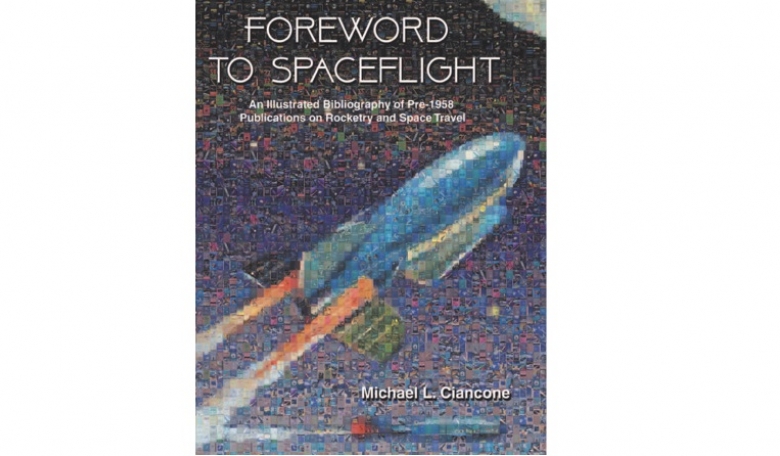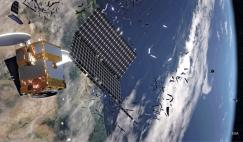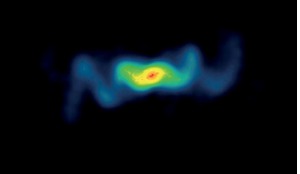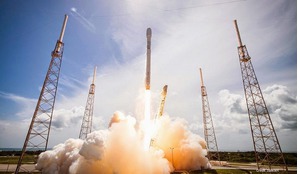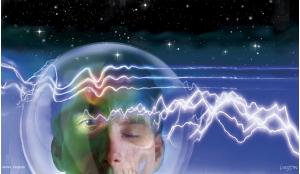Whether exploring the highest mountain peaks in the world, the deepest regions of the oceans, or outer space and our planetary neighbours, travellers have used books and magazine articles to document their adventures. In this article, adapted from Foreword to Spaceflight: An Illustrated Bibliography of pre-1958 Books on Rocketry & Space Travel, NASA engineer and avid collector of books about rockets and spaceflight, Michael Ciancone provides a visual and literary ‘photo album’ to pique our interest in the literary foundations of human spaceflight.
As well as presenting unique historical records, these publications have provided a wonderful method for capturing the dreams, plans and accomplishments of explorers through the years.
They were intended to inform and educate readers, whether academic, professional, or the general public. Sometimes the purpose was to provide publicity for explorers seeking money to support their activities. This was particularly true in the early days when much of the work was done by individuals or small groups of like-minded individuals. At other times, the purpose was to document the results of plans and calculations to share with peers as the exploration effort grew and gained momentum.
This article celebrates our spaceflight heritage, along with dreams of the future, from the perspective of the past. It is not meant to provide an exhaustive history of spaceflight and rocket development. Rather, I am using history to provide context for books that were published along the way.





